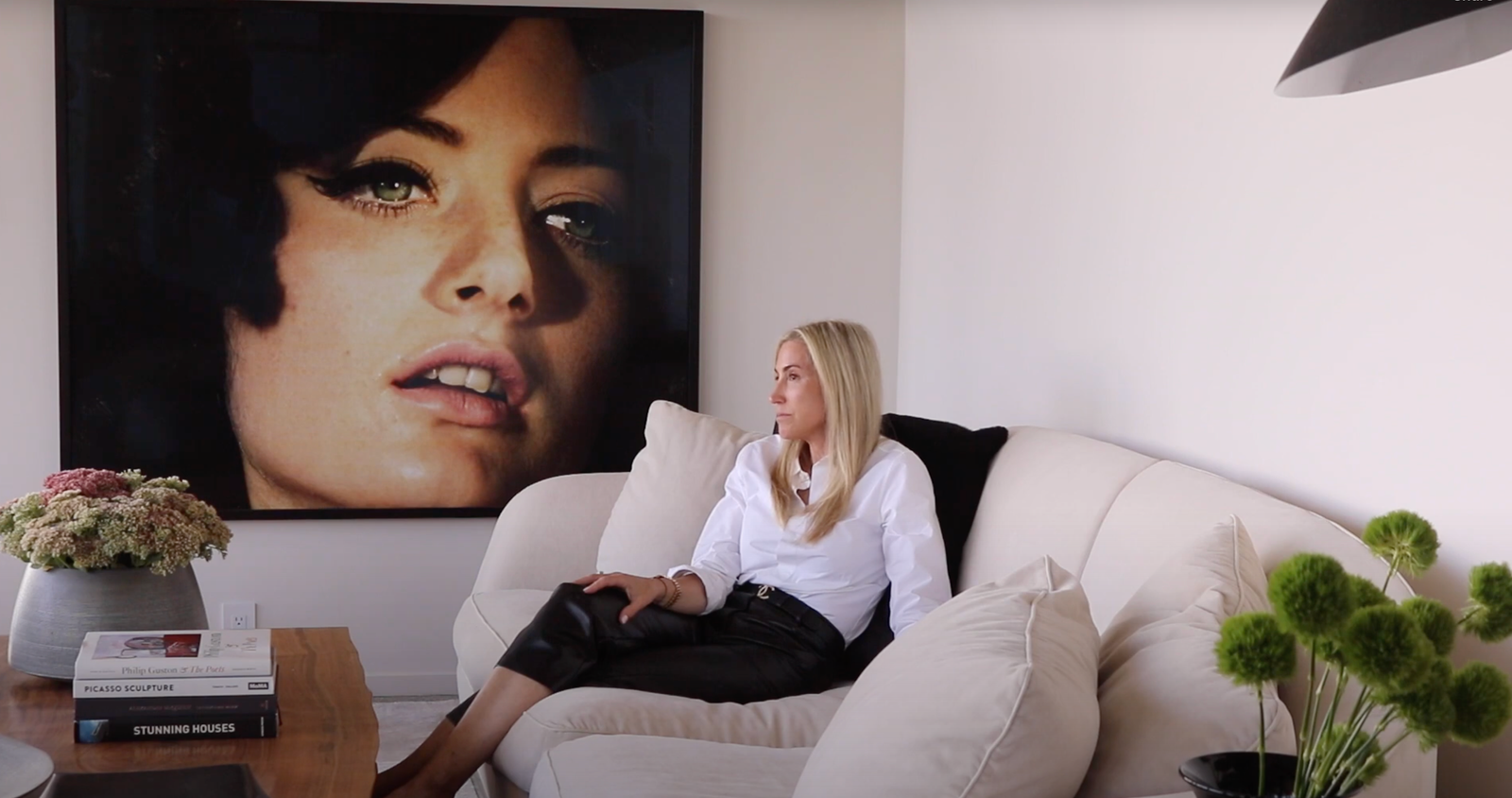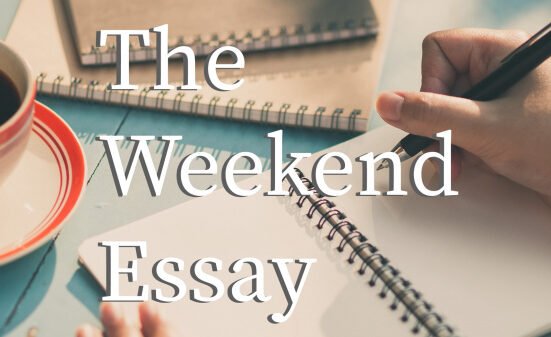Established in 2006, Vancouver art advisory firm Howard495 has become recognized globally by both private and commercial clientele for its tailored and collaborative approach. Founder Krista Howard has an extensive academic background in art history, having studied it both at the University of British Columbia and Sotheby’s New York, as well as more than three decades of experience as a private art collector herself. Consistently keeping her finger on the pulse of the global art market—from attending international fairs and biennials to visiting museum and gallery exhibitions—Howard has built a foundation of experience and expertise that she leverages through Howard495 to help a broad range of collectors build an impactful, meaningful art collection.
Complementing the advisory firm’s endeavors, Howard495 maintains a projects space that presents an ever-changing exhibit of available secondary market inventory. Featuring a diverse range of disciplines and artists, from emerging to established and everything in between, the space’s exhibitions offer visitors and clientele the opportunity to gain insight both into the breadth and quality of work Howard495 works with and also explore and expand their own artistic sensibilities.
We recently caught up with Howard to learn more about her approach to collecting and advising.
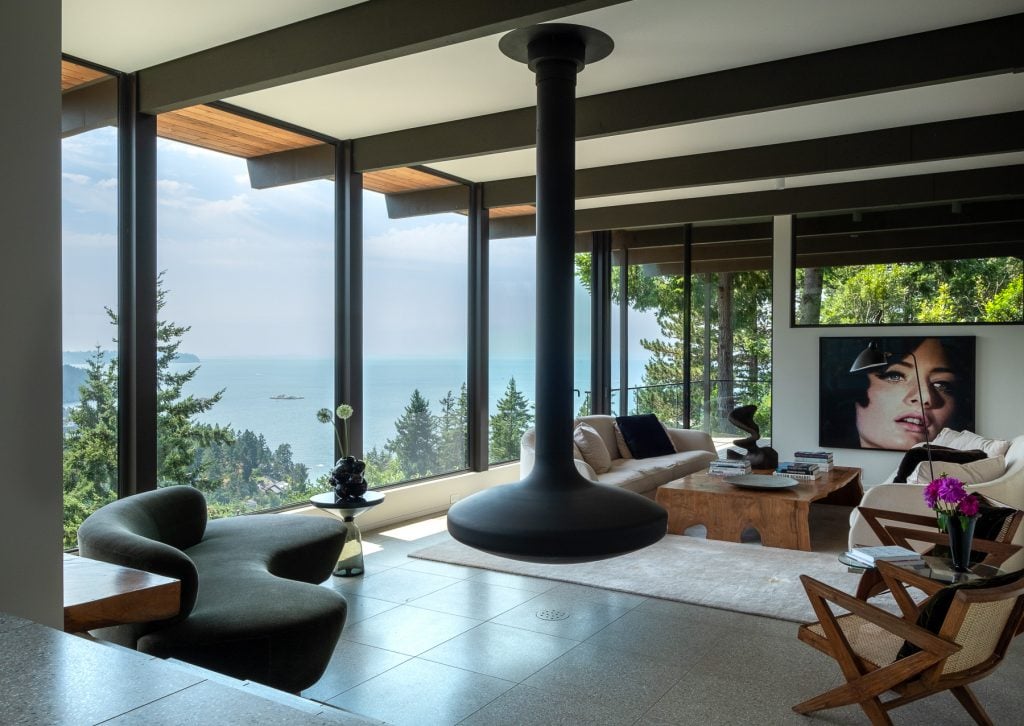
Krista Howard’s home and personal collection. Courtesy of Howard495, Vancouver.
While you’ve been an art advisor for many years, you started first as an art collector. How does being a collector yourself inform or influence how you approach art advising?
Fundamentally, my years of collecting have provided me with insight into the intricacies and complexities of the art world, and an arsenal of knowledge not only on an art historical basis but through lived experience. My clients benefit from the mistakes I’ve made, the obstacles I have overcome, and access to the network I have established over the 35 years I have been collecting.
Being a collector myself, I understand how personal collecting can be. I assist my clients in making informed decisions—guided by their own personal aesthetic and passion—in selecting the right work that will in the end be beneficial to the overall goals set out to build a quality, long-term collection. There are times, however, when I veer away from this and offer work that is appropriate for the mandate but more difficult and challenging. I have learned on a personal level that over time these are the works that are typically most loved in the collection.
Beyond your experience as a collector, what inspired you to found Howard495?
Howard495 came as a natural progression born out of my personal collecting journey. It had always been my intention to work in the arts in some capacity. My experiences as a collector combined with my substantive education in art history and the art market, positions I held working within the gallery system, and years of working within an unrelated business provided me with the tools I needed to do what I do. Early on I began sharing my passion and knowledge with friends and colleagues and found myself selling the art of my walls and advising them on what to purchase and how to start their own collections; essentially, a grassroots passion that morphed into a successful business.

Sara Gulamali and Krista Howard outside their project space in Vancouver. Courtesy of Howard495, Vancouver.
Howard 495 is a women-owned and operated business; can you tell us about your team?
I have a small, intimate team around me with people that I have formed immediate connections with. I aim to provide a nurturing inclusive environment where we all work together in partnership, rather than in a hierarchal system. We learn from each other whilst exploring new perspectives, directions, and opinions. Being from different generations, backgrounds, and cultures impacts how we handle challenges, how we approach the market and relationships, and how we deal with our clients. My team provides me with new outlooks, approaches, and perspectives on the future and day-to-day running of Howard495.
My associate Director Sara Gulamali, a young woman of color, is my mentee. I believe in the importance of paving opportunities for younger women and ensuring there is ample space for a new generation of female dealers and advisors who have learned the business from someone who has worked in the industry over time. Being two women working in this industry, we must contend, as in any industry, with large egos and difficult personalities. We aspire to stay positive and rise above it, we respect ourselves, stand strong, and are proud to be women working in this male-dominated industry.
How would you describe the guiding principles or general ethos of Howard495?
We operate under the principles of honesty, transparency, loyalty, and accountability. Relationships are paramount for us. We believe that art is for everyone on any budget. We encourage our clients to acquire work that they love and work that speaks to them as we believe that collecting this way can be a sound investment and the foundation of any great collection.
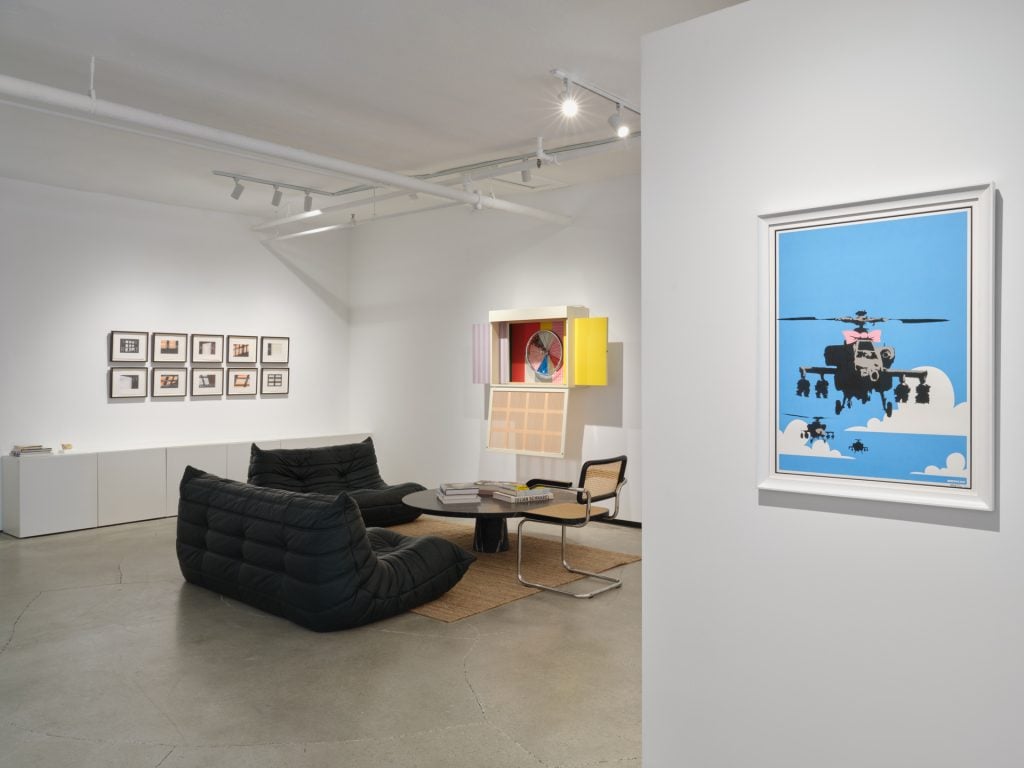
Howard495’s project space in Vancouver.
Since you began, what is one of the biggest lessons you’ve learned moving through the art world?
I have learned so many that it’s difficult to isolate just one. Ask questions, you may not get an answer but keep asking. Have the ability to pivot, be flexible, patient, and humble. Relationships and good practice are integral to success. Don’t take yourself too seriously; lightness and humility go a long way.
Lastly, don’t second guess yourself—if it feels right buy it.
Do you have any evergreen advice for collectors who are either starting their collecting journey or looking to expand their collection?
Establish a budget, set your intentions for the collection, “buy with your eyes, not your ears” (to quote Kenny Schachter), buy what you love, and hire an art advisor. Read everything you can pertaining to the art market. Gain an understanding of the canon of Western art history and the ongoing developments and shifts that are underway. Listen to podcasts, ask questions, view as much art as you can in real life, and notice what you feel when looking.
If expanding on a collection, we would suggest a valuation focused on any areas which can be filled or strengthened to fulfill the collection’s mandate. Further to this, we would suggest new directions based on the current changes underway in the marketplace and the rewriting or reinventing of the art historical canon.
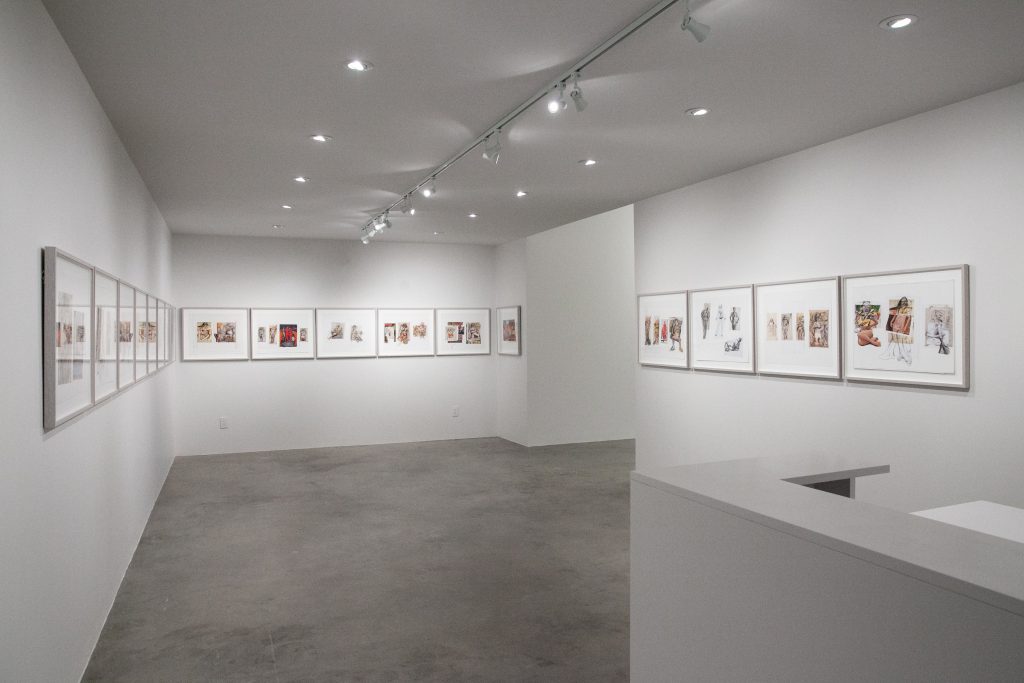
Howard495’s project space in Vancouver.
There have been a lot of shifts and changes in the art market over the past few years. Are there any trends or do you have any observations that you find particularly intriguing?
Yes! We are experiencing and learning about art in a fundamentally different way than in the past, due in part to the pandemic’s impetus to move the art world online. This online expansion of the marketplace has a much deeper global reach which in turn means it is no longer geographically cohesive; there is no longer a clear nucleus. I know I am not alone in feeling as though we are operating in an interesting time where we no longer exist in any particular “ism” or any named movement at all. Artists are working too hard to meet the demands of their galleries, fairs, and collectors’ needs to be part of any type of group mentality. This is not to say there isn’t great art being made it’s just not classified by a movement.
There is also underway the rewriting of art history, incorporating more of a global perspective and embracing artists historically outside of the patriarchy. This is an exciting moment where we get to discover so many overlooked and forgotten artists.
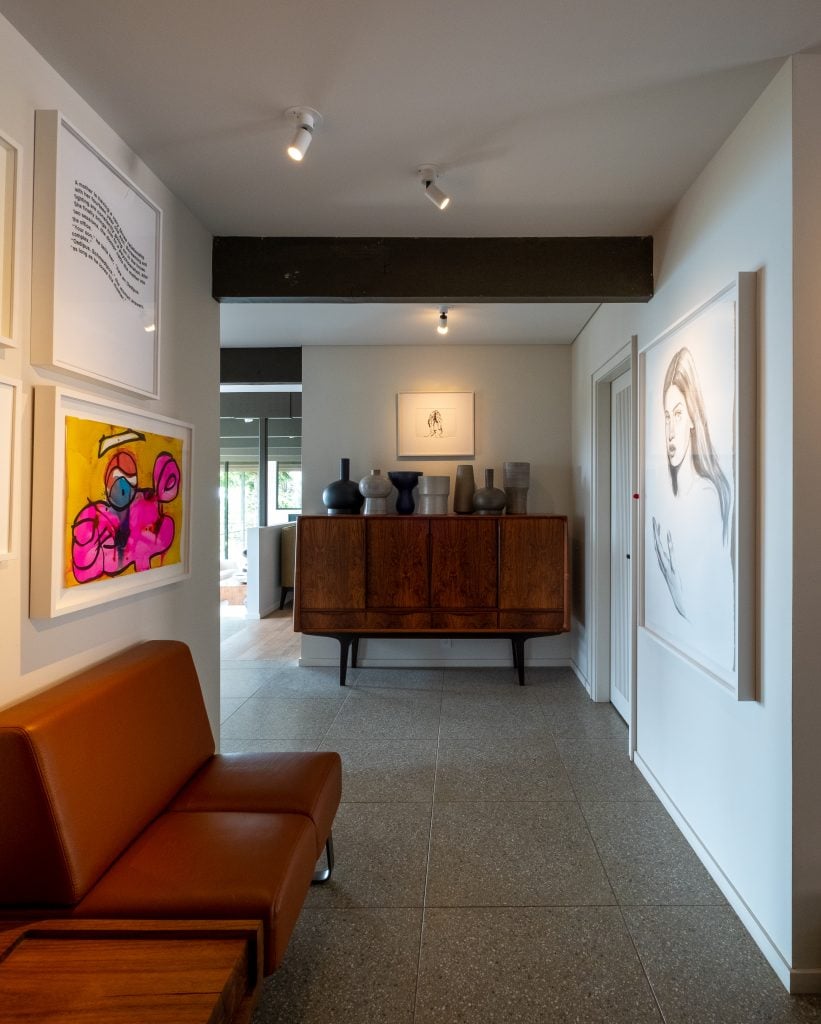
Krista Howard’s home and personal collection. Courtesy of Howard495, Vancouver.
Learn more about Howard495 here.

